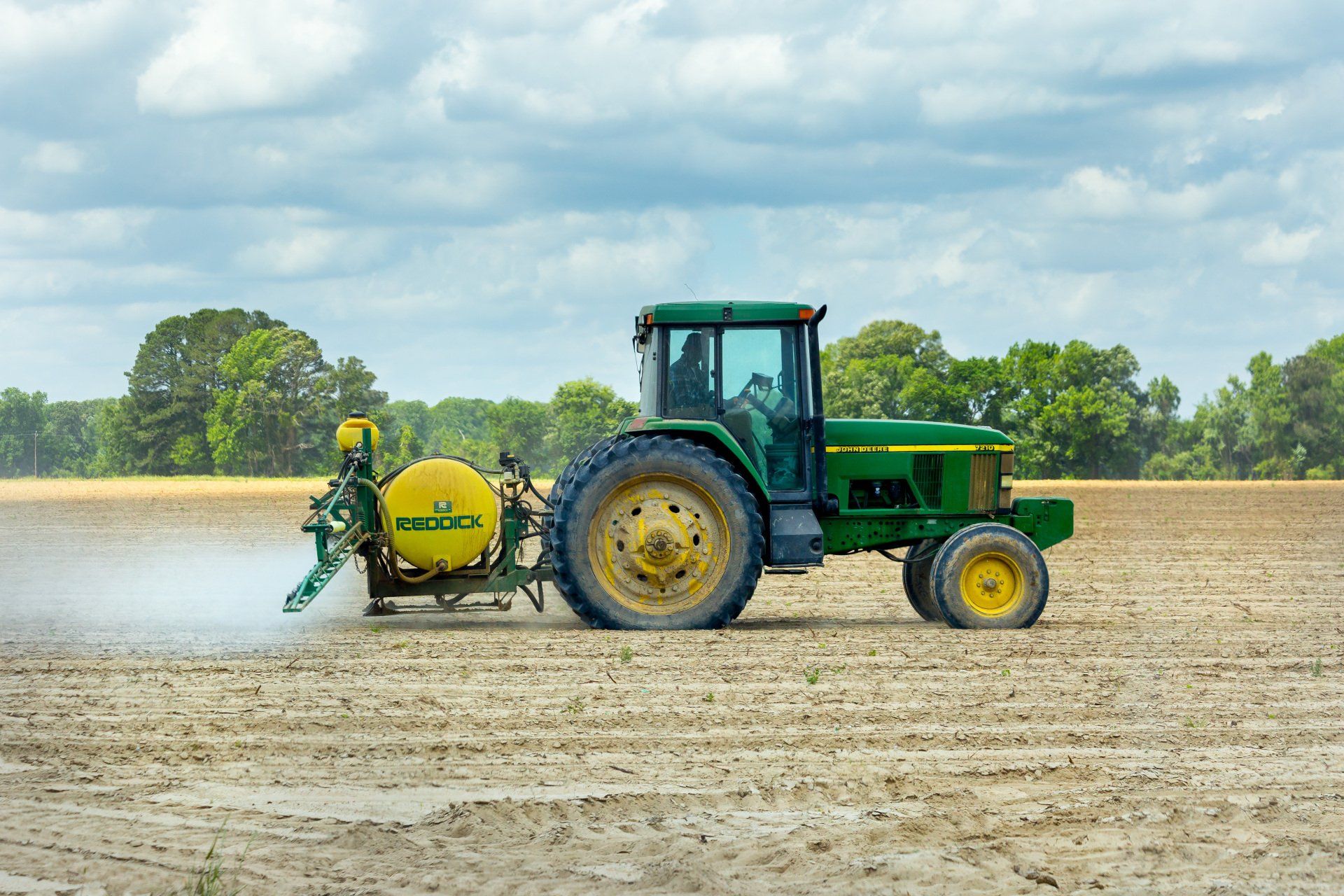HORSE BUSINESS START-UP PROBLEMS
As we enter the 2024 season of major yearling and breeding stock sales, our office again prepares for the inevitable calls from new clients with their “how do I start and structure a new horse business” questions.
Getting the start-up on a solid tax foundation is crucial, yet in our troubleshooting we often see a worrying lack of thought put into this phase. Undoubtedly, advisers are most commonly tripped up by the fact that “hobby” horse stock has to become “business” stock, a step that often also involves setting up a new business structure (e.g., a company, trust or partnership).
If you want to get a start-up right, it’s well worth your while to review this article as I will raise the problems and tax-traps I frequently come across.
1. IGNORING THE NON-COMMERCIAL LOSS (NCL) RULES
Due to the inherent nature of breeding and racing activities and the time lag before any income is derived, tax losses are often derived in the first few years – sometimes it can take 5 years plus before a profit is derived.
This reality means you ignore the NCL rules at your own peril!
The NCL rules only apply to individuals, alone or in partnership.
The NCL rules prevents an individual’s losses from non-commercial business
activities being immediately offset against the individual’s other assessable income in the year the loss is incurred.
The loss is deferred to be offset against future income from the same business activity (e.g., horse breeding), unless:
- the individual meets the income requirement (i.e., “adjusted taxable income” (ATI) – refer definition below) from other activities is less than $250,000 and the business activity satisfies one of the following four tests:
- Assessable income test - the business produces assessable income of at least $20,000 for the income year;
- Profits test - the business has produced a taxable income in three out of the last five income years (including the current income year);
- Real property test - the value of real property (i.e. land and buildings) used in the business is at least $500,000; or
- Other assets test - the value of certain other assets (e.g., trading stock and depreciating assets - excluding cars, motorcycles and similar vehicles) used in the business activity is at least $100,000.
- the individual has a business activity that is eligible for an exception; or
- the ATO exercises its discretion to allow the loss for the business activity for one or more income years. It is these rules that have been modified in this new PCG.
For reference, Adjusted Taxable Income (ATI) noted above includes the sum of:
- Taxable income for that year (e.g., wages less work-related deductions);
- Reportable employer superannuation contributions (“RESCs”) for that year;
- Total net investment losses for that year; and
- Reportable fringe benefits for that year.
1.1. THE PROBLEM?
Where a high income earning client, i.e., they have other income on or beyond $250,000 (e.g., wages), wants to run the business as an individual (alone or in partnership, they must go through the onerous, costly and time consuming task of seeking an ATO private ruling to be able to claim those losses immediately, furthermore a poor application could mean that they must defer those losses immediately.
Individual high-income earners could thus be deprived of tax relief if they are caught up in the NCL rules and unable to claim their tax losses immediately.
Maybe another tax structure could have been considered?
2.0 TAX IMPLICATIONS ON TRANSFER OF STOCK
This problem arises where valuable stock is transferred to a new tax structure when the business commences.
What is overlooked is that the stock is converting from “hobby” to “business” stock and this “hobby” stock is considered a “capital” asset under income tax rules.
Capital Assets are subject to the Capital Gains Tax (CGT) provisions when they are disposed of. It is irrelevant that no money changes hands as under the CGT rules the disposal of stock to a new entity is a “deemed” disposal at market value.
The only relief from these CGT provisions is if the horse is a “personal use asset” (e.g., a racehorse) and cost the taxpayer $10,000 or less (including GST). These horses are exempt from CGT upon disposal.
2.0.1. THE PROBLEM/IMPLICATIONS?
The horse is subject to CGT and its market value has increased considerably since acquisition. This horse would be subject to CGT to the extent its market value exceeds its eligible cost base.
To soften the tax blow, where the horse is subject to CGT on transfer, a 50% CGT discount applies if the horse is transferred at least 12 months after acquisition.
2.1. “HOBBY” TO “BUSINESS” STOCK IF NO NEW ENTITY
The above discusses where the stock is considered to be part of a “business”, but the taxpayer decides to start the “business” in a different entity, e.g., from a sole trader to a trust.
However, it is most common for a sole trader taxpayer to move from ‘hobby” to “business” without changing the entity. Where this occurs the income tax law relating to items “becoming trading stock for the first time” must be considered.
In this case, the taxpayer is treated as having sold the item at either cost or market value (at the taxpayer's option), and as having reacquired it for the same amount. This has the effect that a deduction is allowed to the taxpayer for the cost or market value of the item at the time of the change, being a deduction for the cost of acquiring trading stock.
Note – for the purposes of the “cost” option, an “in-foal” broodmare can have the cost of the service fee for the foal “in the belly” added to its cost price – our office was advised of this via an ATO private ruling we submitted.
2.1.1. THE PROBLEM/IMPLICATIONS?
Where these rules are overlooked, there are two major implications:
a) Stock that is subject to CGT which has increased considerably in value, need only be transferred at its “cost” value, thus triggering no tax implications when a horse tax business is set-up; and
b) Stock could be transferred at market value, without triggering tax implications, if that stock is CGT exempt, i.e., it is a personal use asset acquired for $10,000 or less (refer above).
3.0 ANOTHER BUSINESS ENTITY DOES NOT HAVE “MAGIC” POWERS FOR YOUR HORSE ACTIVITIES
Let me explain what I mean.
I often have potential clients approach me and ask whether they can place their horse activities, say a breeding activity, into their existing business entity, say a company, on the basis that “oh..it’s ok…my company runs my other retailing business, which means that the breeding activity will also be considered by the ATO as a tax “business”.
No!
The ATO looks at each activity individually to ensure that each one has a tax “business” status. For example, merely placing one hobby broodmare into your existing business company does not mean that one mare is considered a “breeding business” activity.
4.0 CLAIMING PRE-GST ON STOCK ACQUIRED
4.1 Companies
To get around the situation where pre-establishment GST can be “lost” on a new business start-up, the GST Act provides an exception to the general operation of the GST rules for all the pre-establishment costs of a company. Upon its creation and registration for GST, the company can claim back GST for these pre-establishment costs if the necessary requirements are met.
4.1.1 Eligible pre-establishment costs
To claim GST credits for these pre-establishment costs of a company the following seven criteria must apply:
- the purchase must be for the purpose of bringing the company into existence or carrying on a business after it comes into existence
- the company must come into existence and be registered for GST no more than six months after the purchase
- you must become a shareholder, officer or employee of the company
- the company must have fully reimbursed you for the cost of the purchase
- the purchase must not be used to make input-taxed sales or for private purposes
- to avoid “double dipping” the company must not be entitled to a GST credit for the purchase, if it subsequently acquires the thing from you
- you must not be entitled to claim a GST credit for the purchase.
The GST Act does this by treating an acquisition or importation made by a future shareholder, director/secretary or employee of the company as being an acquisition or importation of the company upon (not before) its creation.
Of the seven requirements listed above, the most difficult to meet are:
- the “six-months” rule; and
- the “fully reimbursed” requirement (see below) for the shareholder, director or employee who incurred the expense.
4.1.2 What does “fully reimbursed” mean?
In relation to acquisitions only, the acquisition does not qualify as a pre-establishment acquisition unless the member, officer or employee is "fully reimbursed" by the company for the consideration for the acquisition. In other words, before the relevant GST can be claimed back, the company must reimburse the individual not only for the GST-exclusive cost of the thing acquired, but also for any GST on the thing acquired.
4.1.3 What costs are eligible?
The costs eligible include:
- set-up fees (e.g. accounting fees, company cost, business plan);
- business registration;
- plant & trading stock (e.g. broodmares, stallions, pin-hook stock, service fees);
- business premises; and
- GST on importation.
Example 1 – claiming pre-GST establishment costs for a company
In May 2020, Andre engages Alex & Co, accountants, to prepare a horse industry business plan for his yet to be incorporated company. Andre receives the plan in October 2020.
The company is set-up in December 2020 and is registered for GST in January 2020. The company can claim back the GST referable to the services of Alex & Co. This is because Andre "made" the acquisition when the business plan was supplied, which was within 6 months of the company coming into existence and becoming GST-registered.
4.2 All other entities (e.g., sole traders, partnerships and trusts)
There is a special GST adjustment rule which states that an entity may claim GST relating to opening stock on hand if it becomes registered or required to be registered for GST. Simply put, the GST Act will deem the acquisition of the stock on hand by the entity prior to its registration as a creditable acquisition and thereby allowing the entity to claim the associated GST.
The special adjustment rule only applies to stock on hand. That is, any other items (including capital items) acquired by an entity will not be eligible (unlike companies, as noted above).
4.2.1 Eligibility requirements
This special GST rule applies if an existing entity becomes registered or required to be registered for GST. A GST claim on opening stock will arise at the time of the entity registering or meeting the requirements to be registered if:
- the entity that holds stock is carrying on its enterprise; and
- the entity had acquired the stock solely or partly for a business/creditable purpose
I reiterate that this special adjustment rule does not apply to any other items (e.g. plant and equipment) acquired by an entity prior to it becoming registered.
5.0 PAST “HOBBY” LOSSES ARE NOT DEDUCTIBLE IN A NEW BUSINESS
You can only treat your horse activity as a “tax business” if it has met the ATO criteria. This article does not go into these factors, but this topic is constantly referred to in many of my other articles – see www.carrazzo.com.au.
Once the business case is established and the business is “up and running”, it is only expenditure that relates to the period on or after start date that can be deductible to the business – there is no income tax law that allows the prior expenditure to be deductible.
To avoid confusion, as noted above, pre-GST can be claimed in certain circumstances, depending primarily on when that GST is incurred and the type of entity that is running the new business.
Please do not hesitate to contact the writer if you wish for me to clarify or expand on any of the matters raised in this article.
DISCLAIMER
Any reader intending to apply the information in this article to practical circumstances should independently verify their interpretation and the information’s applicability to their circumstances with an accountant or adviser specialising in this area.










Get in Contact
ABOUT US
Carrazzo Consulting provides high-quality accounting and tax advisory services. Our clients are typically successful, ambitious, and time-poor. They value our smart, practical advice, and trust us to safeguard their interests and assets.
DISCLAIMER: The information contained herein is intended to afford general guidelines on matters of interest. Accordingly, the information on this site is not intended to serve as legal, accounting, or tax advice. Carrazzo Consulting disclaims all warranties with regard to this information, including all implied warranties of merchantability and fitness for a particular purpose. In no event shall Carrazzo Consulting be liable for any special, indirect, or consequential damages or any damages whatsoever resulting from loss of use, data, or profits, whether in an action of contract, negligence, or other tortuous action, arising out of or in connection with the use or performance of this information.
